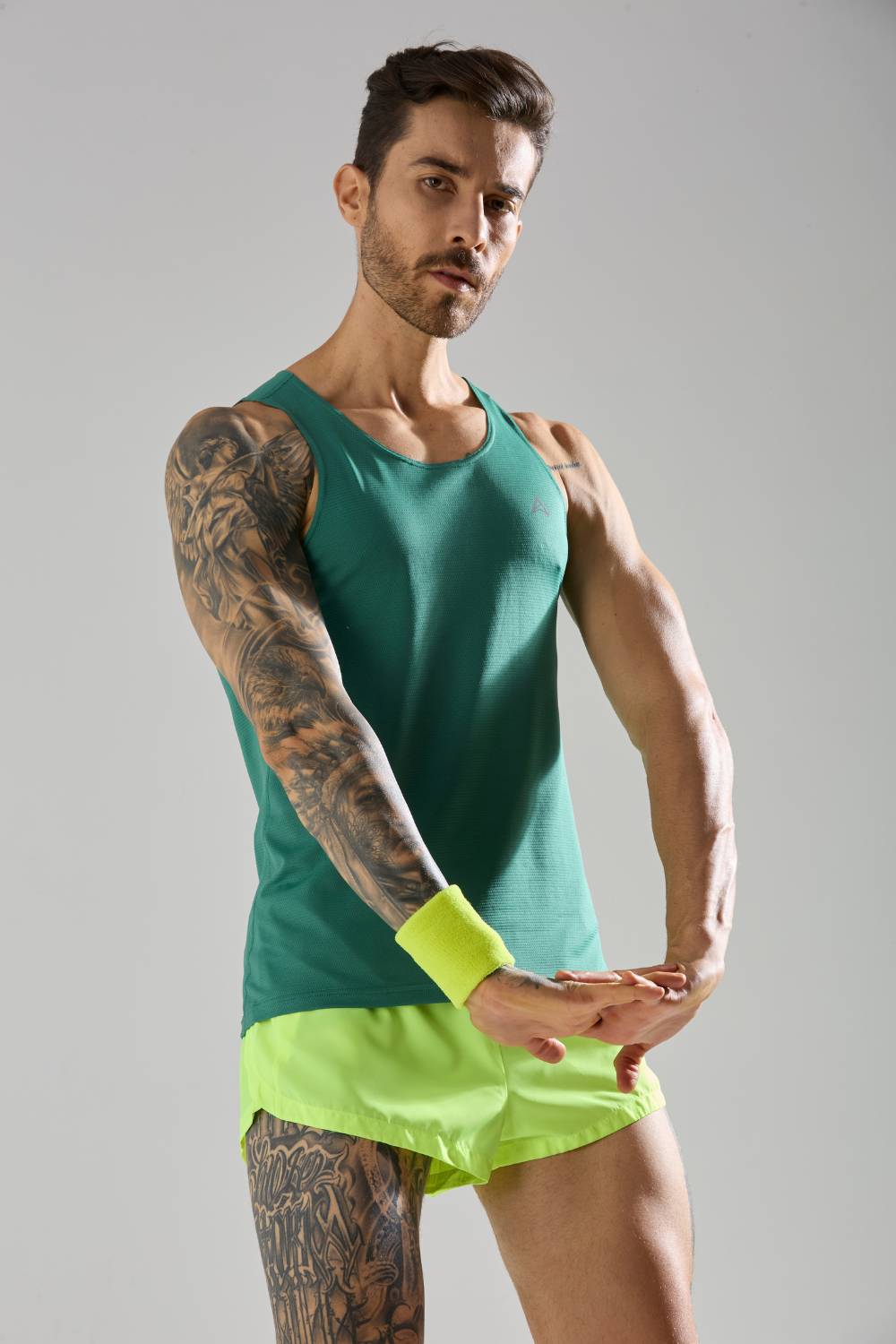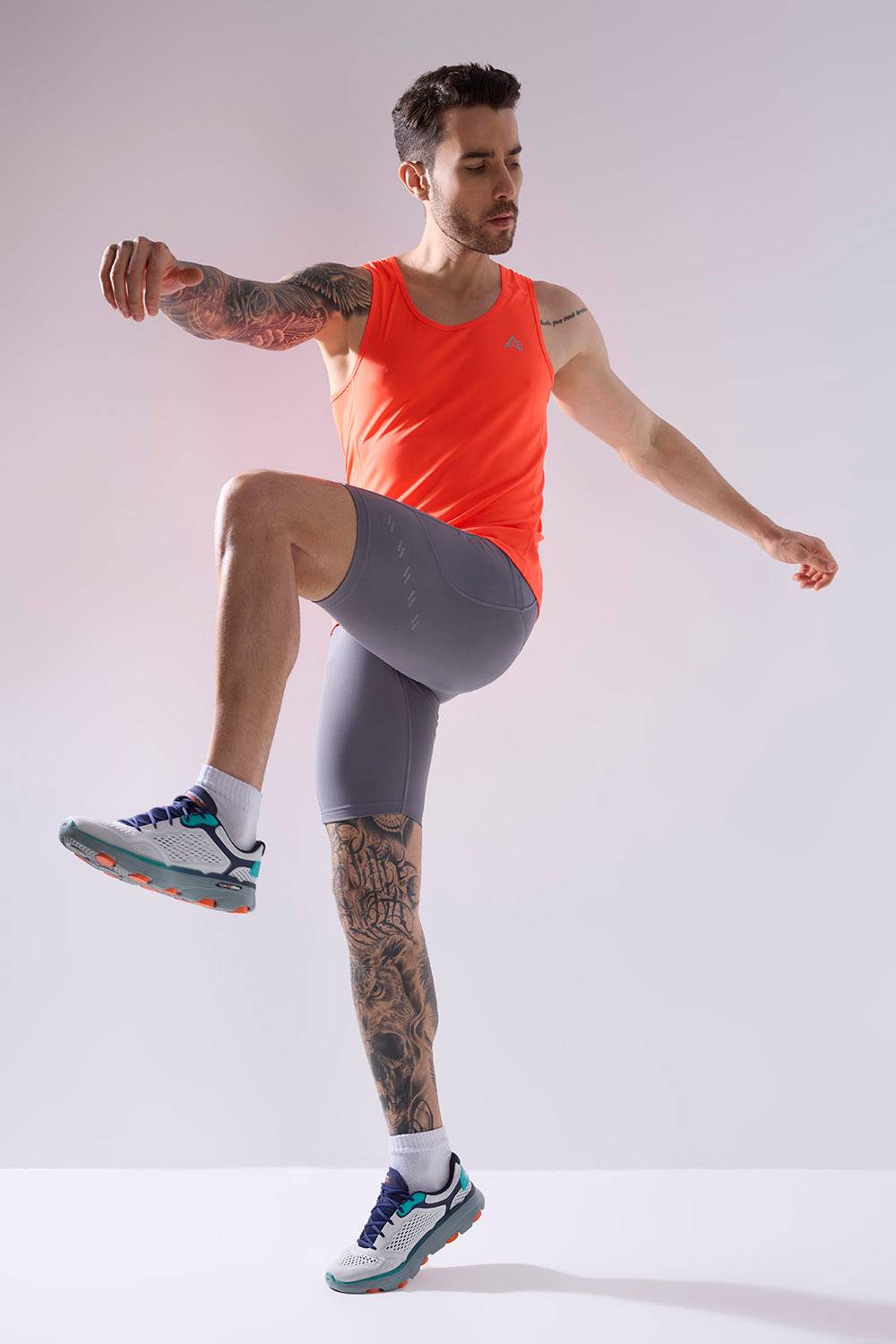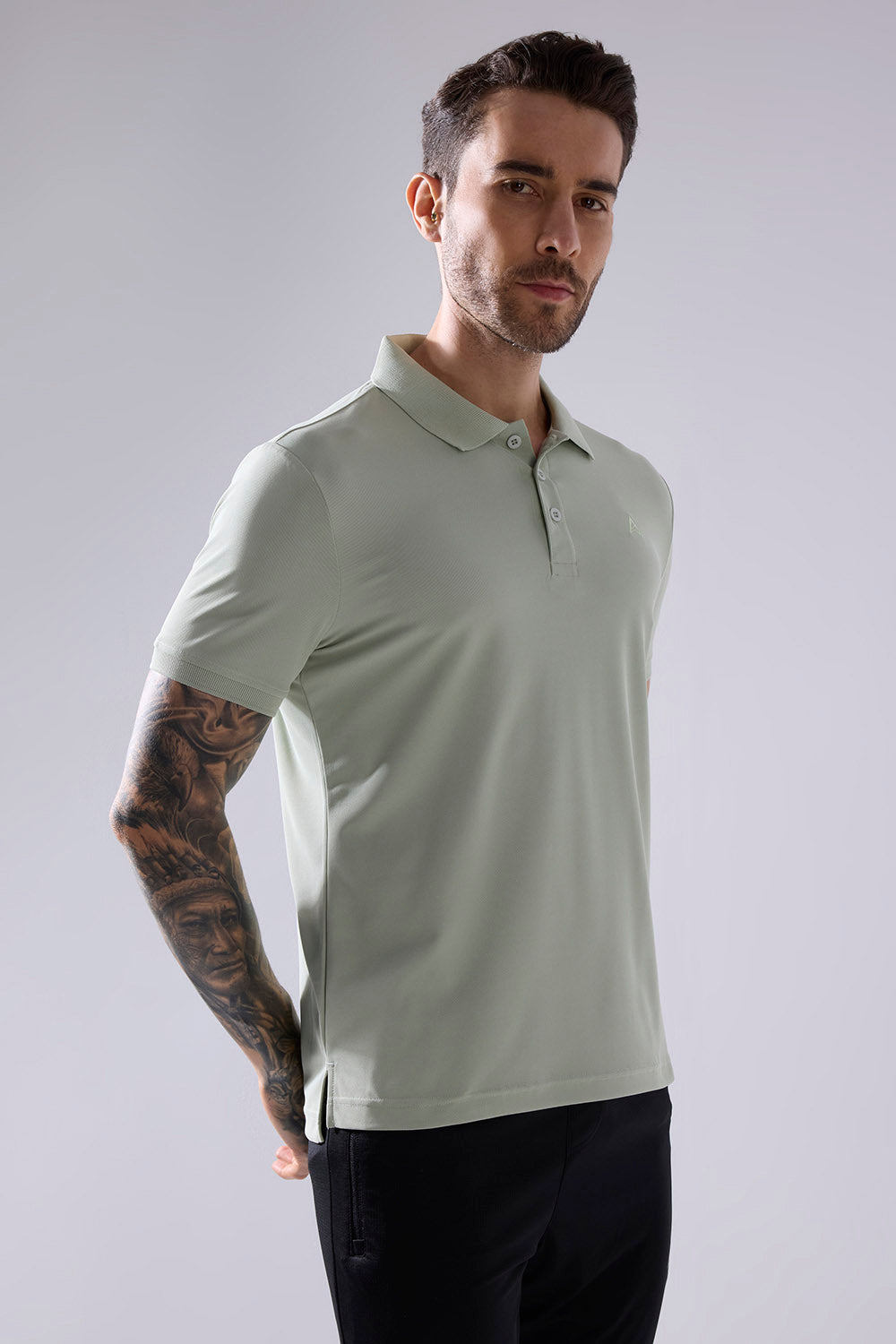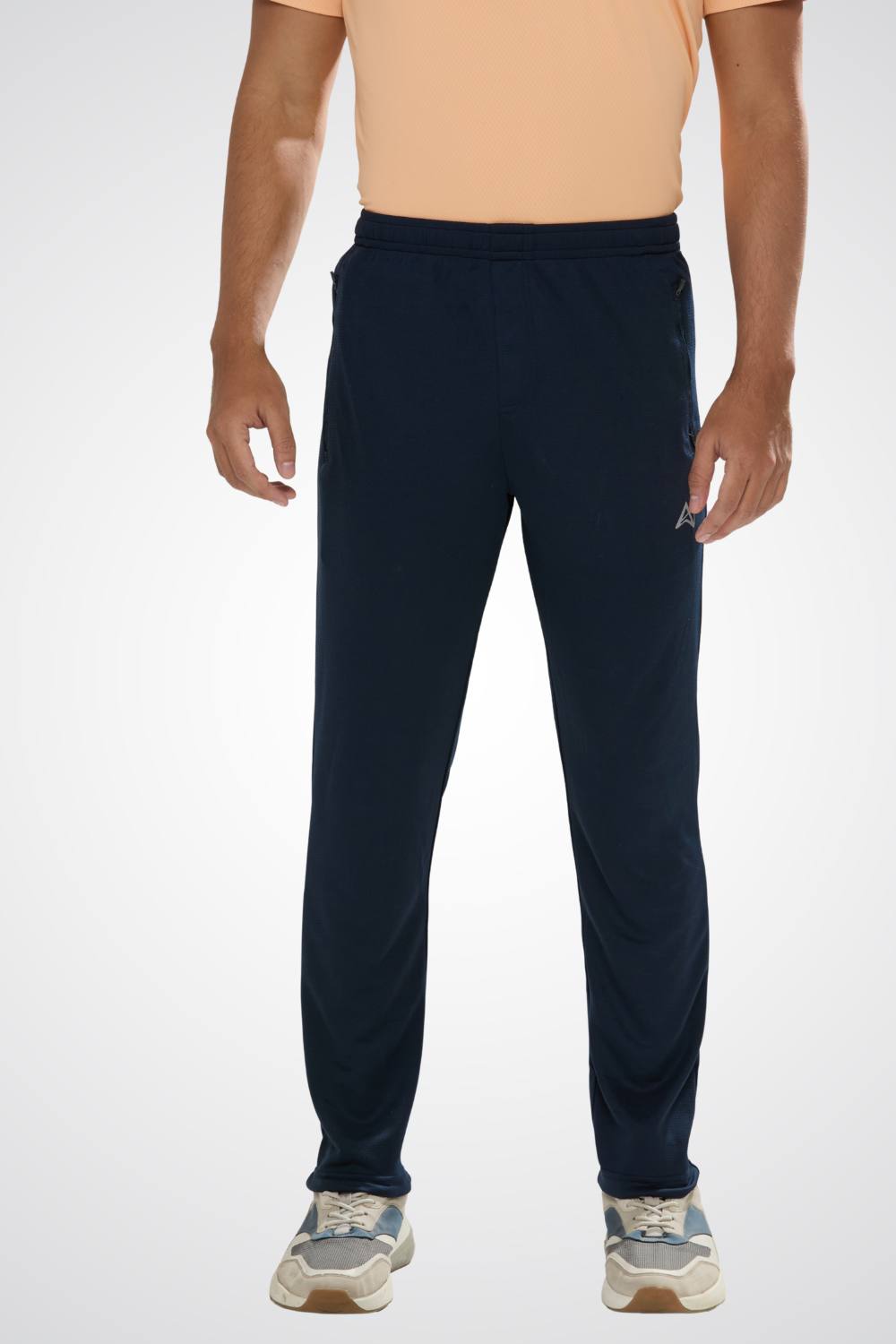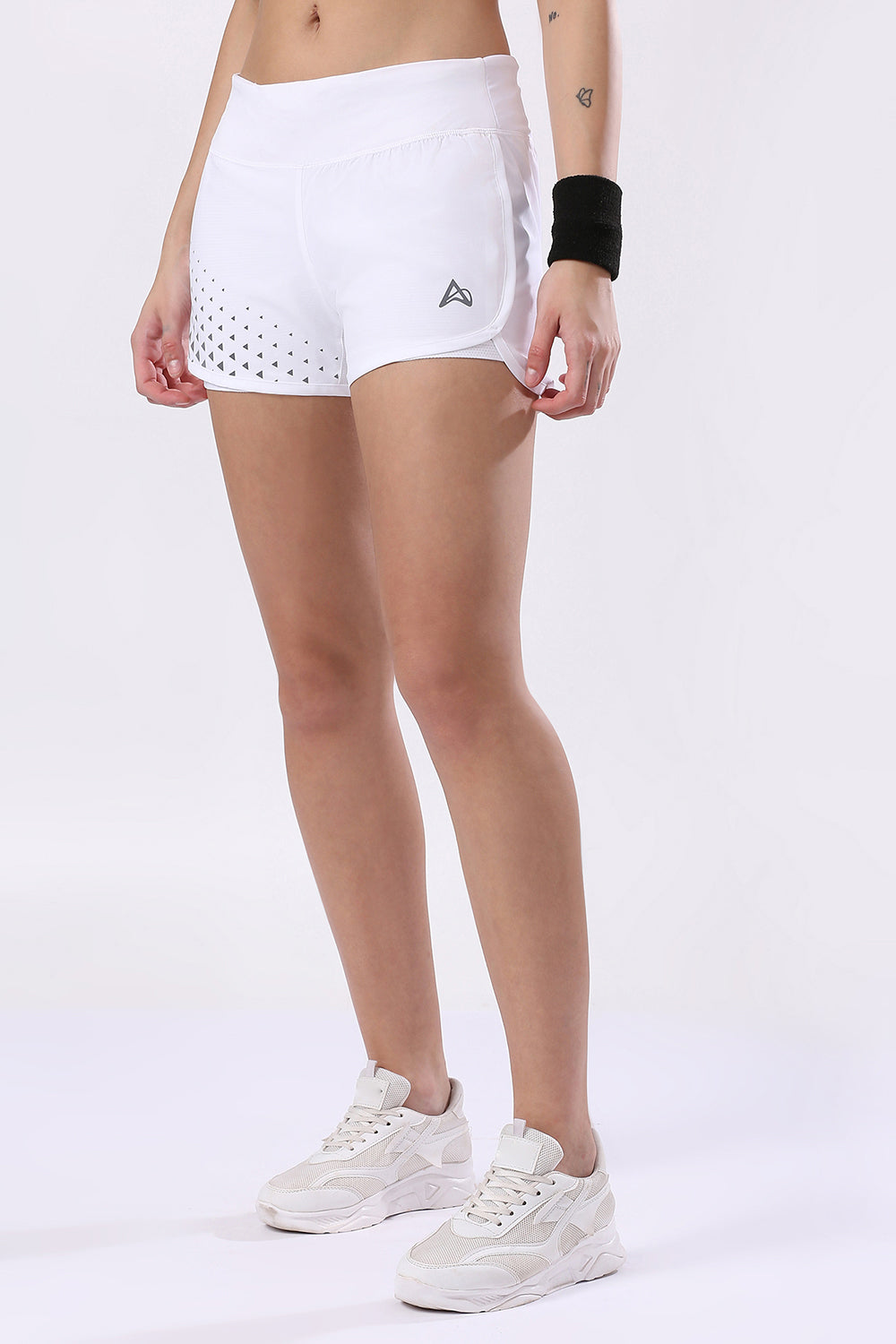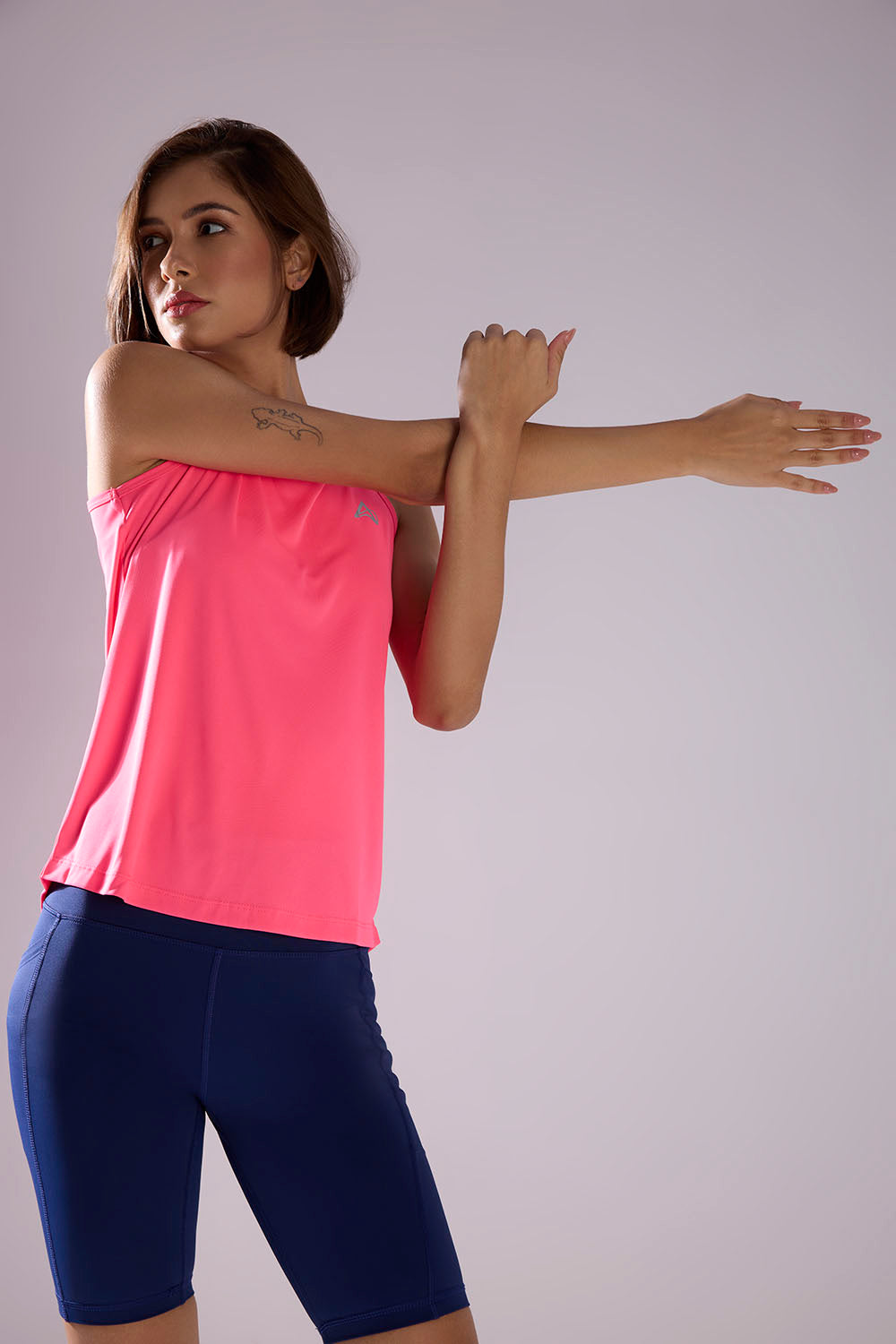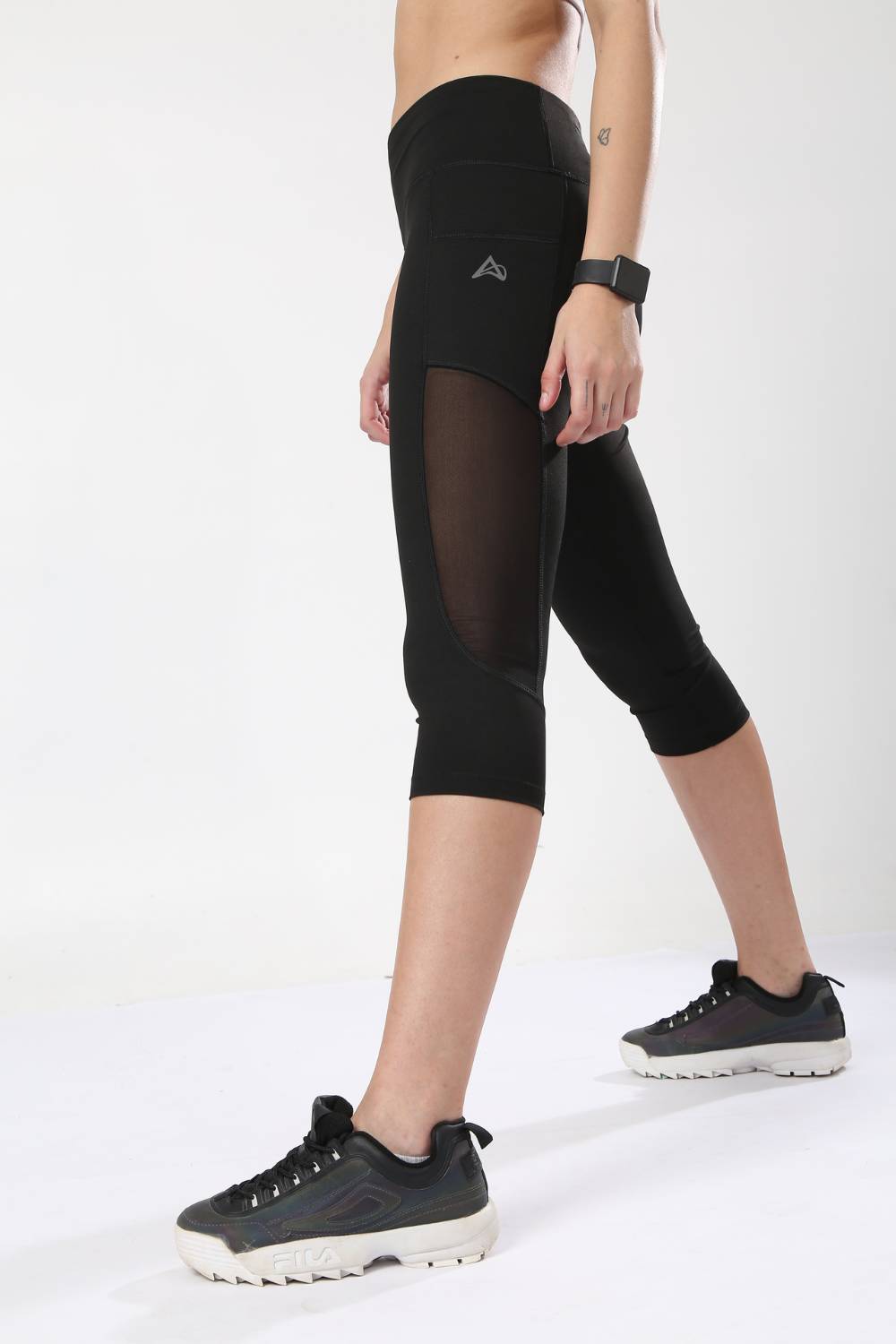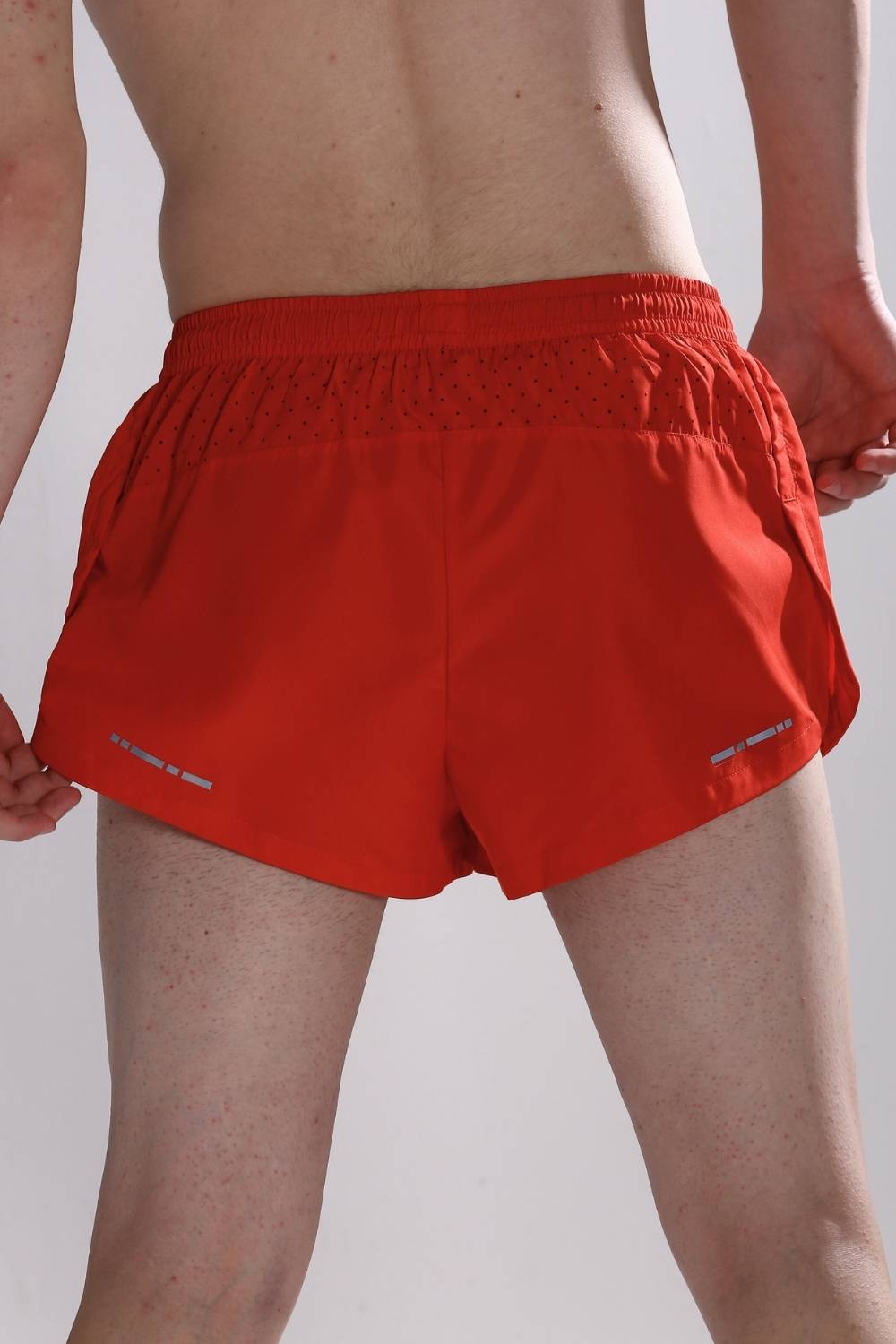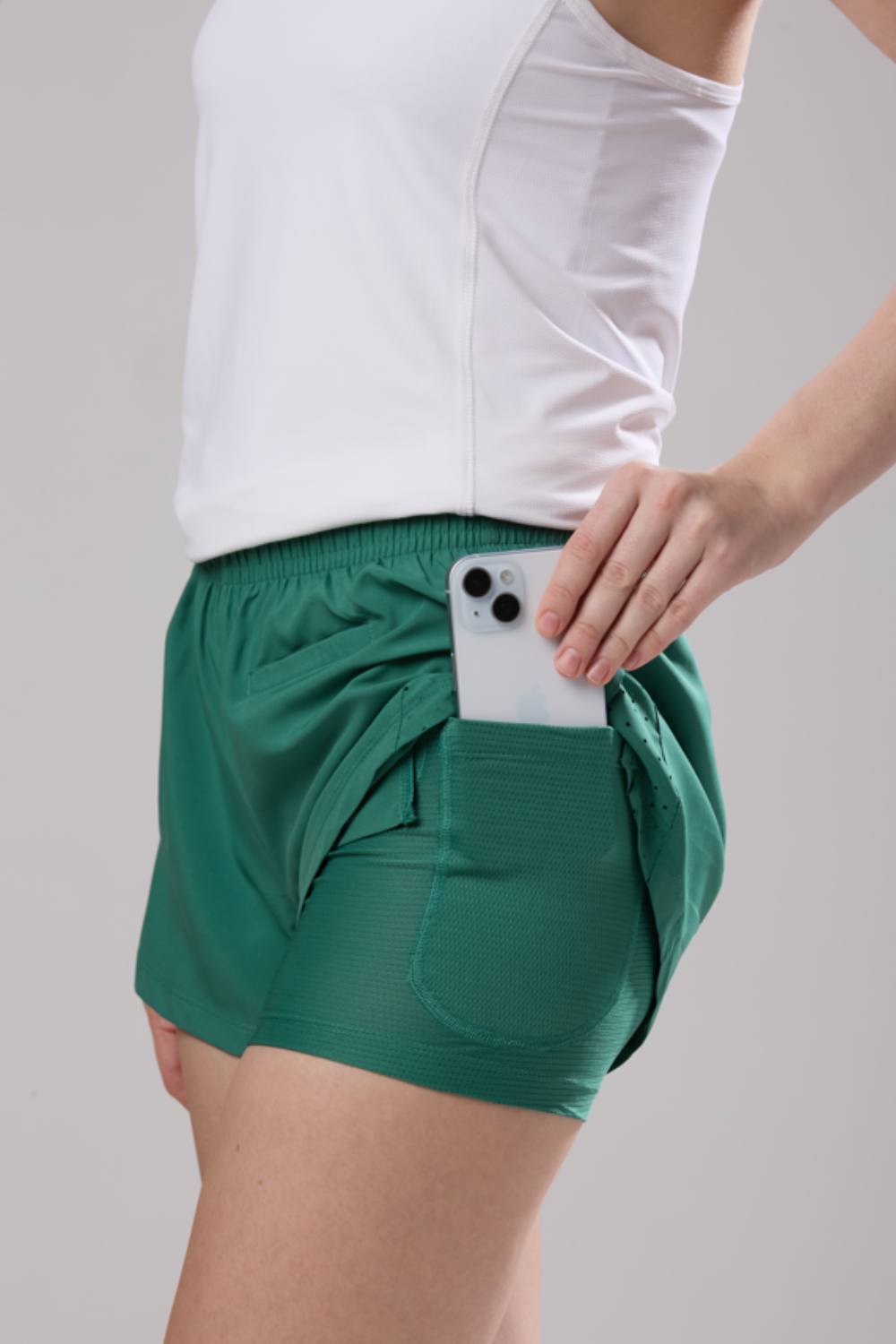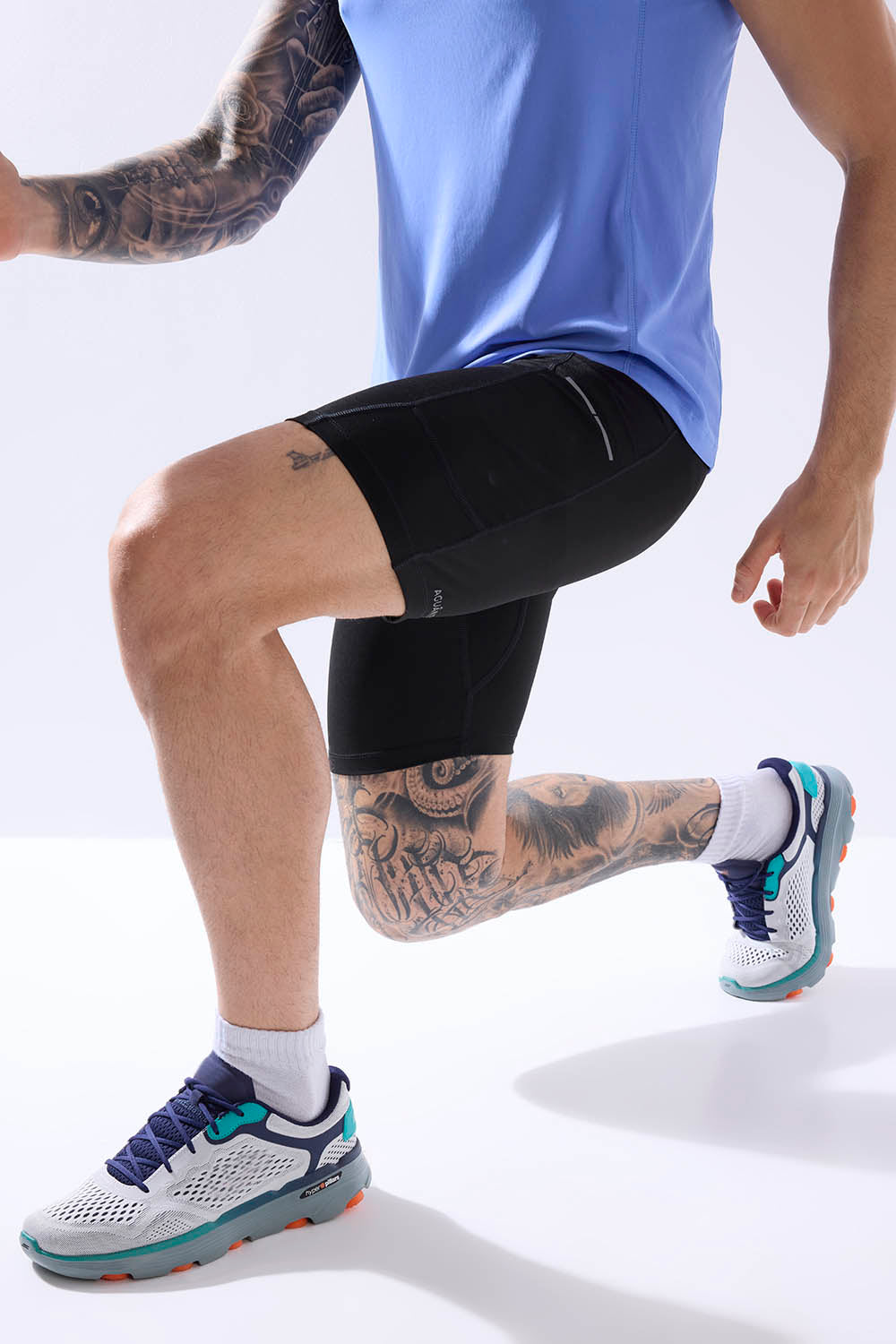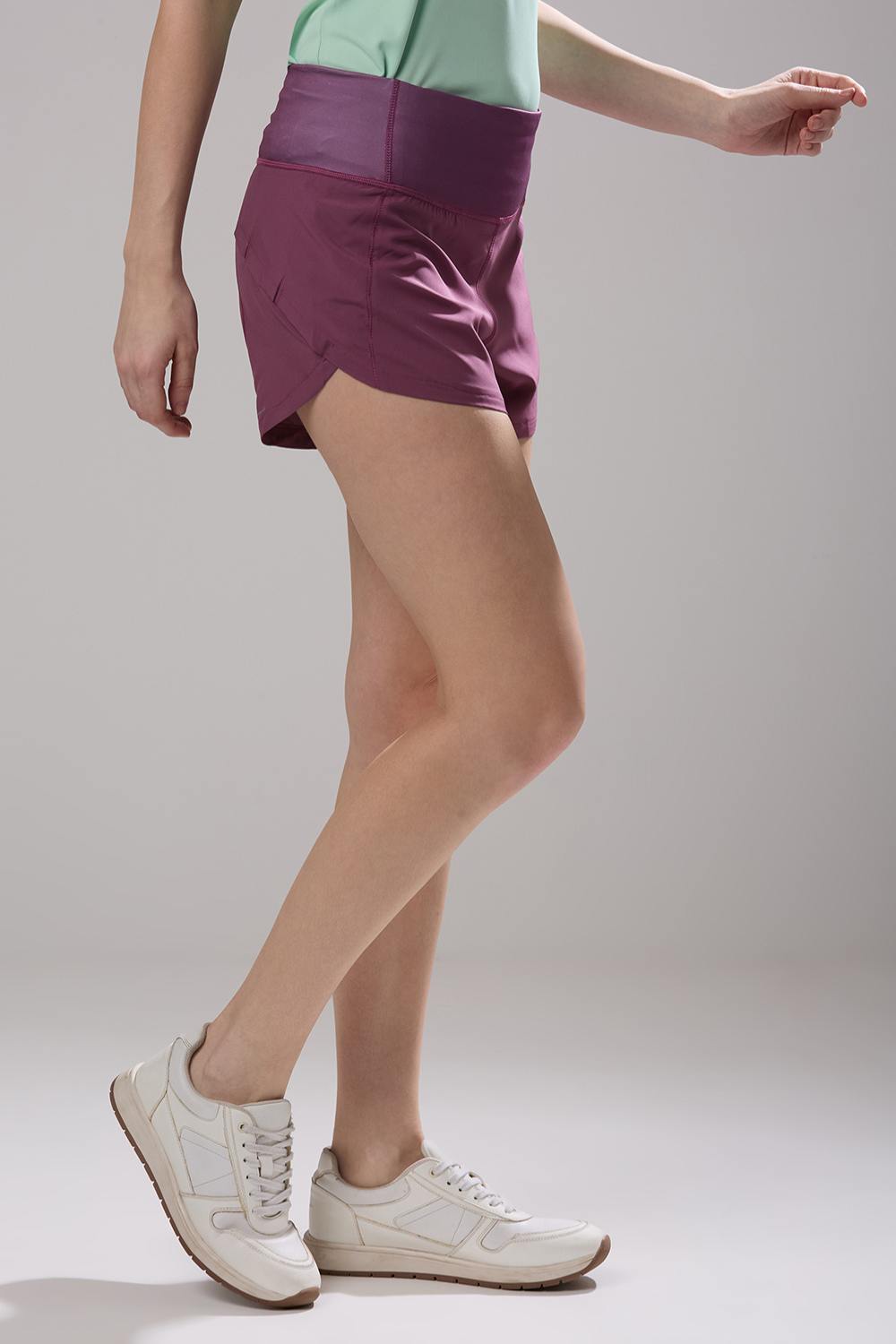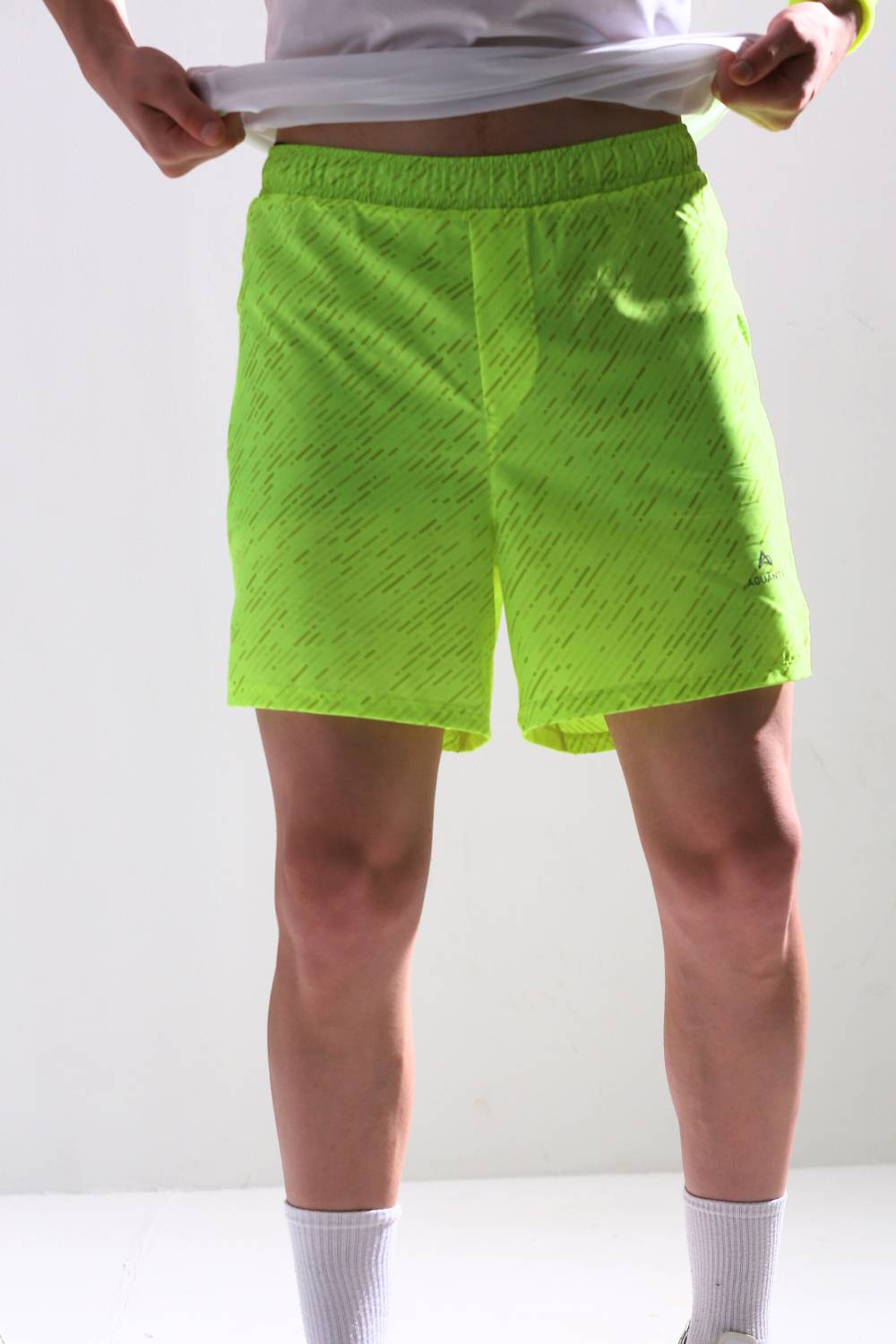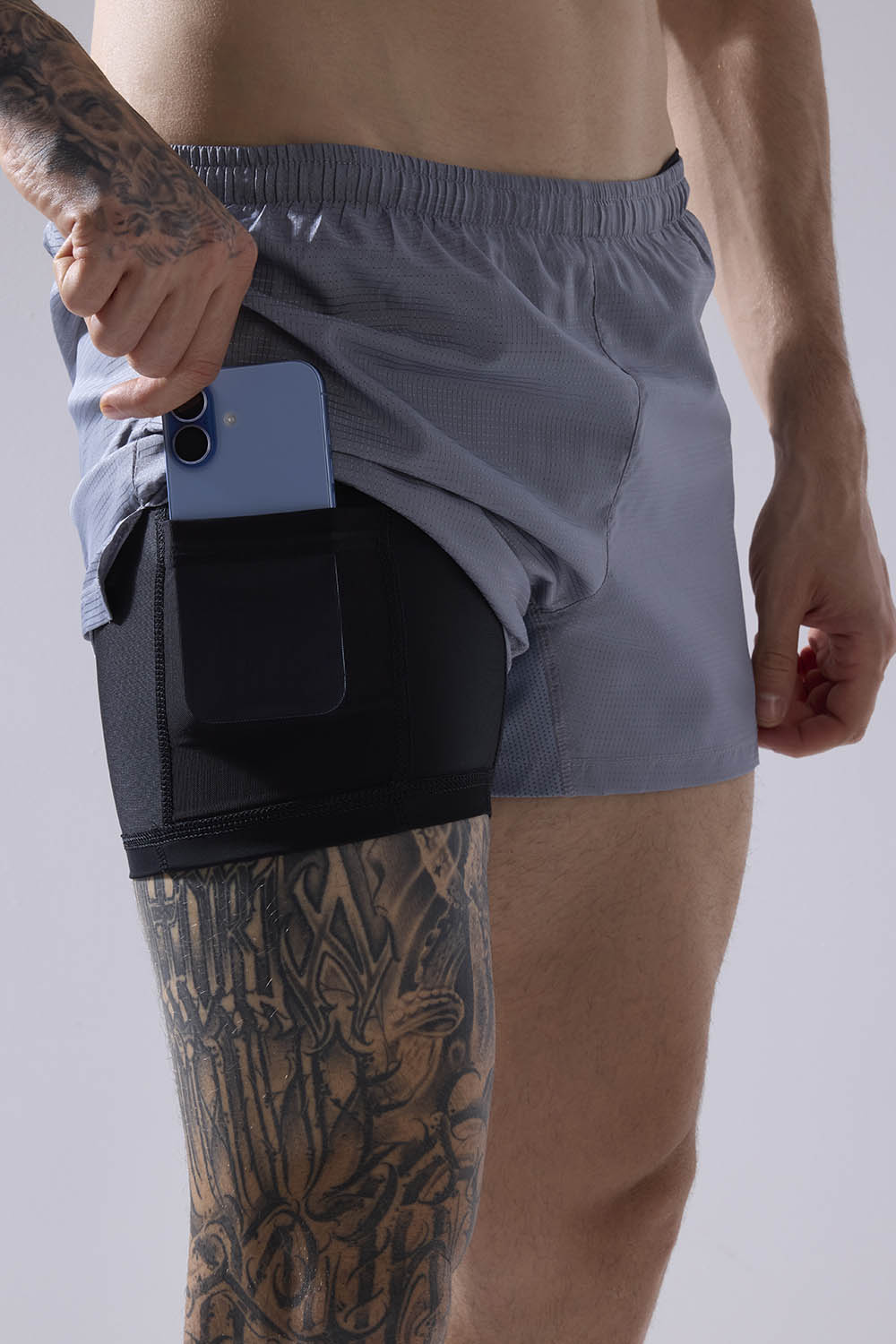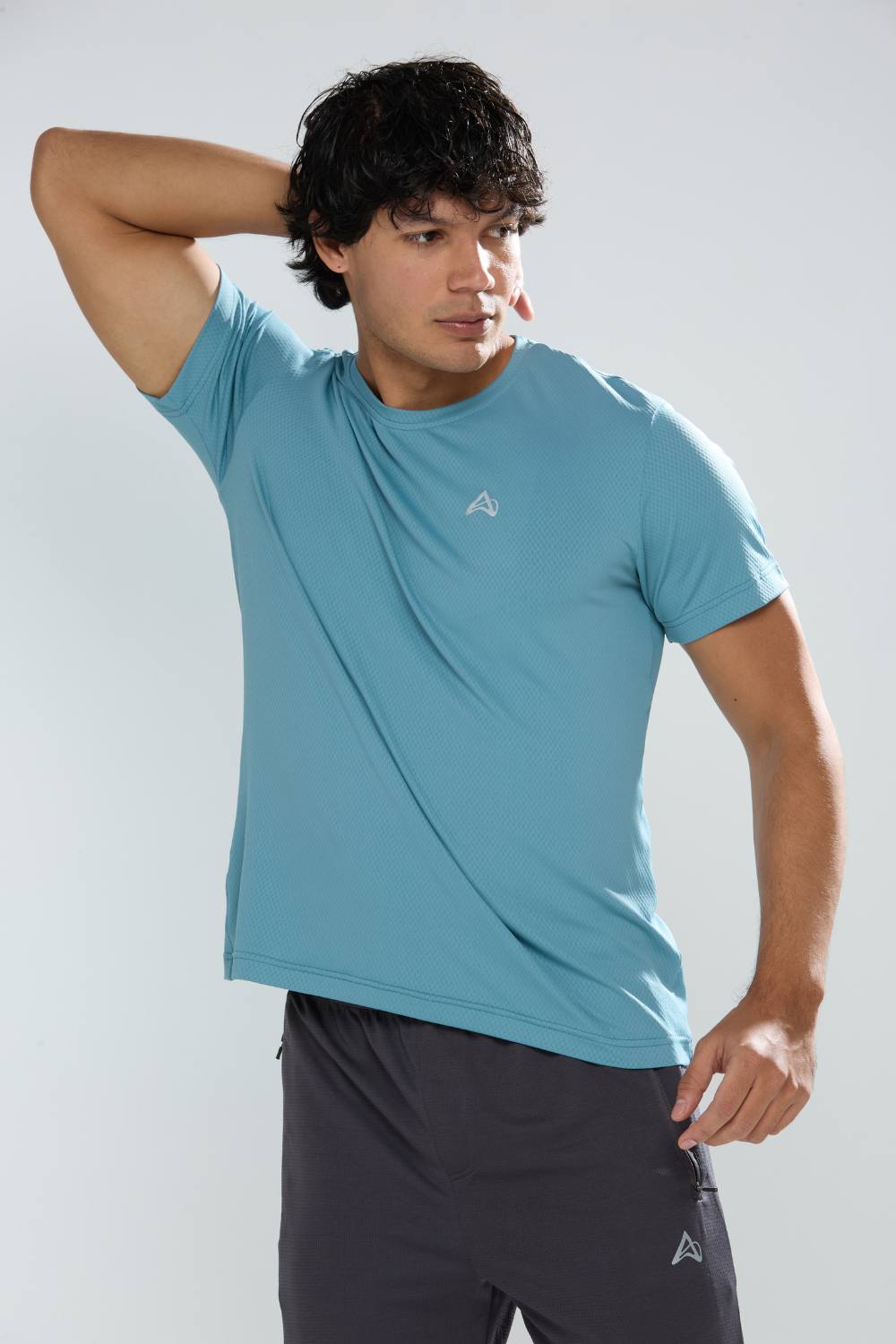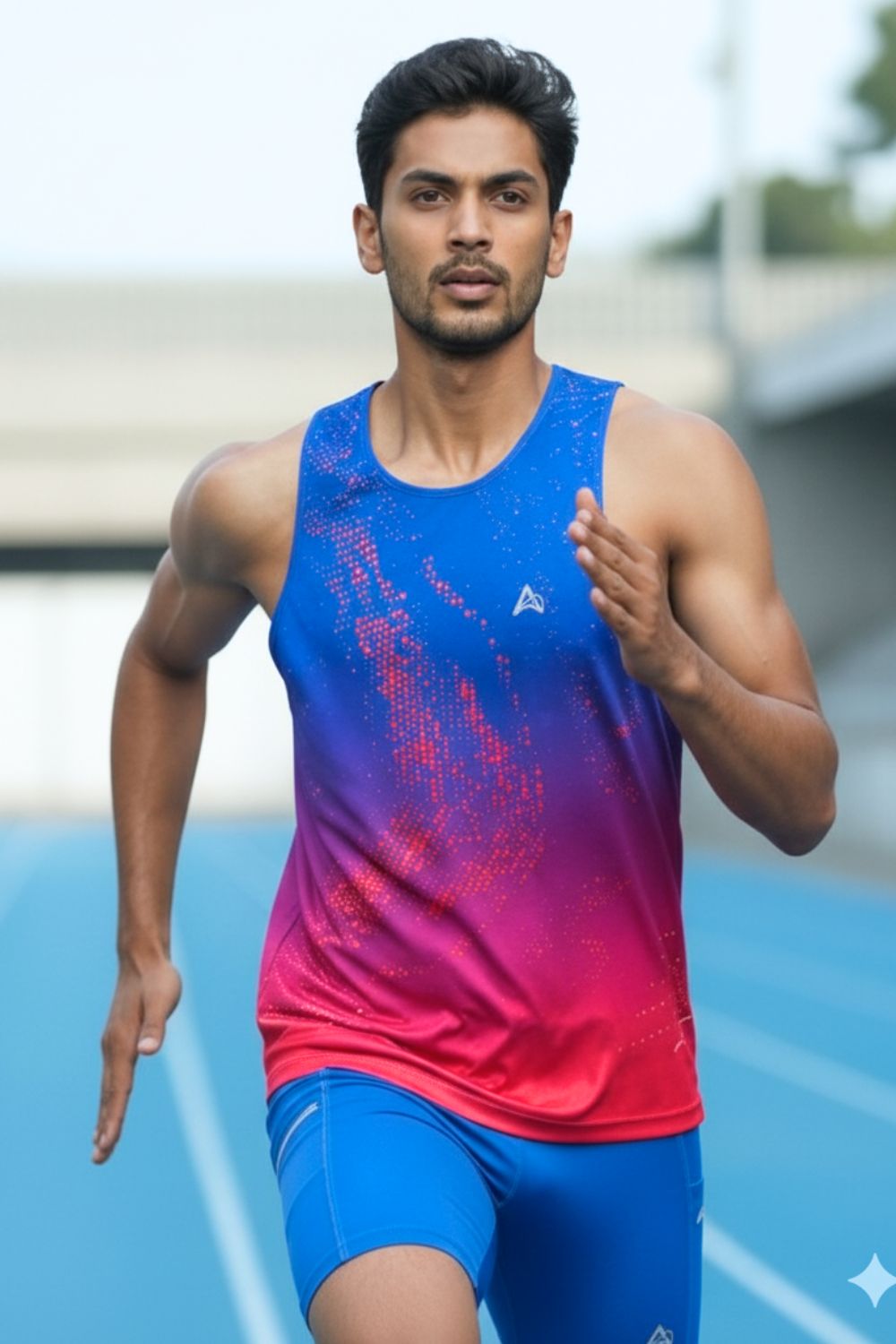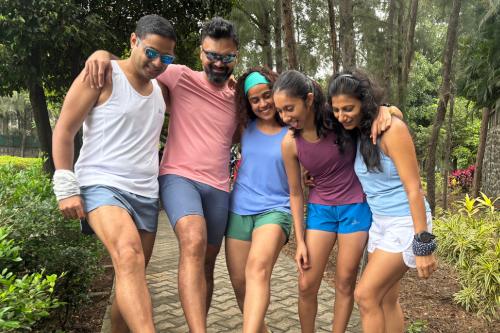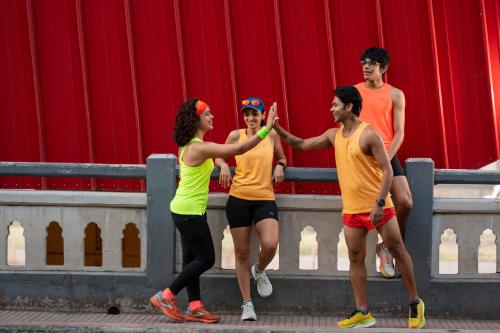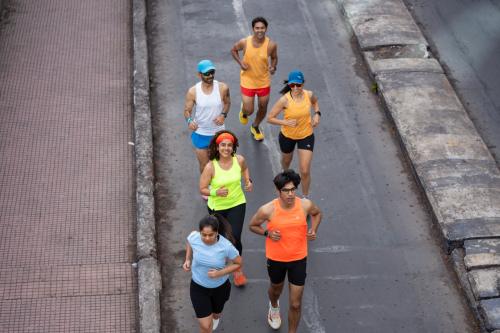Quick Listen:
Imagine a runner stepping onto a trail, their shoes crafted from reclaimed ocean plastics, their shirt woven from organic fibers that breathe with every stride, and a sleek GPS watch tracking their progress with eco-friendly tech. This scene isn't a pipe dream it's the present state of the running gear market, where sustainability has surged from a niche interest to a core demand. As fitness becomes a cornerstone of modern life, runners are seeking gear that not only boosts performance but also reflects their environmental values. Aguante, a trailblazer in this space, is crafting high-performance apparel that minimizes ecological harm. The question isn't just about crossing the finish line faster it's about ensuring the planet remains a viable course for future generations.
Tired of gear that slows you down? Chafing, soggy fabrics, and missing pockets kill your run's momentum. At Aguante, we're runners who get it. Our high-performance activewear features moisture-wicking fabrics, ergonomic designs, and smart storage to keep you focused. Shop Now!
Trends Driving the Sustainable Shift
The running gear industry is undergoing a transformation, propelled by innovation and a commitment to sustainability. According to a market forecast, the global running gear market, valued at USD 29.59 billion in 2024, is expected to climb to USD 63.97 billion by 2032, with a robust CAGR of 11.16% from 2025 to 2032. This growth reflects a surge in demand for specialized clothing, footwear, and accessories designed to optimize comfort, safety, and performance. Eco-friendly materials think recycled polyester, organic cotton, and biodegradable textiles are replacing conventional fabrics, offering runners gear that supports both their pace and the planet.
Technology is keeping stride with these changes. Moisture-wicking fabrics, now often made from recycled plastics, provide the same performance with a reduced environmental footprint. Smart wearables, such as GPS watches, are incorporating sustainable components like recyclable casings. A comprehensive report projects the running gear market to grow from USD 44.2 billion in 2024 to USD 69.9 billion by 2033, driven by a CAGR of 5.18% from 2025 to 2033. This expansion is fueled by technological advancements, a growing focus on health and fitness, and the increasing popularity of running events like marathons and trail races. Brands are responding by blending style, functionality, and sustainability to appeal to environmentally aware runners.
Leading the charge are companies innovating across their supply chains. From sourcing renewable materials to cutting carbon emissions, brands like Aguante are setting a new standard. Their apparel combines performance-driven design with eco-conscious production, proving that runners don't have to choose between speed and sustainability. This shift is redefining the industry, making green gear the new benchmark for excellence.
Athletes Embracing Eco-Conscious Gear
Runners are voting with their wallets, choosing brands that align with their environmental ethos. Feedback from athletes underscores the appeal of gear that performs exceptionally while leaving a minimal ecological footprint. Aguante's offerings, for instance, include apparel made from recycled and biodegradable materials, with running shoes featuring sustainable insoles and uppers that deliver durability without sacrificing agility. These products resonate with runners who view their daily jogs as a communion with nature, not a contribution to its degradation.
The numbers back this up. The rising popularity of running events from urban marathons to rugged ultra-trails has amplified demand for gear that reflects environmental priorities. Athletes are drawn to brands like Aguante for their focus on personalization, longevity, and safety, all while reducing ecological harm. This synergy benefits both runners, who enjoy high-quality gear, and the planet, which gains a reprieve from waste.
Obstacles on the Path to Sustainability
Transitioning to sustainable running gear isn't without its challenges. Eco-friendly materials often carry higher production costs, which can result in steeper price tags a barrier for budget-conscious runners. There's also the question of performance: can sustainable fabrics endure the rigors of a marathon or a muddy trail run? While some doubters question whether green gear can match the durability of traditional options, advancements in textile technology are rapidly closing this gap, offering fabrics that are both ethical and resilient.
Consumer education remains a hurdle. Many runners are unaware of the long-term benefits of sustainable gear, from reduced environmental impact to enhanced comfort. Brands like Aguante must communicate not just the performance advantages but also the broader value of protecting the planet. It's a gradual process, but as awareness grows, so does the demand for gear that's as kind to the earth as it is to the athlete.
Seizing Opportunities in a Growing Market
The eco-conscious runner is a powerful force, reshaping the industry's trajectory. Catering to this demographic is both a moral and strategic win. A market analysis highlights strong growth in sustainable athleisure, including running gear, driven by demand for natural, renewable, and low-impact textiles. These materials deliver high-performance activewear while safeguarding people and the planet. Brands that embrace these innovations are not just attracting customers they're fostering loyalty among runners who prioritize environmental responsibility.
For Aguante, this is a golden opportunity. By offering gear that excels in performance and sustainability, they're capturing a market eager for change. The rise of athleisure as stylish, wellness-focused attire further broadens the appeal, drawing in not just athletes but anyone who values versatility and eco-consciousness. Brands that lead with sustainability are poised to outpace competitors, securing a lasting edge in a dynamic market.
The Future of Running Green
The path forward for sustainable running gear is promising, yet it demands continued innovation. Industry experts predict that within a decade, sustainability will be the industry standard, not a trend. One analyst notes that the future of activewear hinges on balancing performance with environmental responsibility, a view echoed across the sector. Runners should seek brands that deliver eco-friendly gear without compromising quality, while companies like Aguante must push the boundaries of sustainable design while keeping costs accessible.
As runners lace up in city parks or remote trails, their choices reflect a deeper commitment to fitness, yes, but also to the planet. Sustainable running gear is more than apparel; it's a declaration that every step can contribute to a healthier earth. Over the next five to ten years, this movement will accelerate, transforming the activewear industry into one where performance and sustainability are inseparable. For eco-conscious athletes, it's not just a race it's a legacy worth running for.
Frequently Asked Questions
What makes running gear sustainable and eco-friendly?
Sustainable running gear is typically made from eco-conscious materials like recycled polyester, organic cotton, and biodegradable textiles. These products reduce environmental impact by minimizing waste, carbon emissions, and reliance on virgin resources all while maintaining high performance and durability for runners.
Are sustainable running products as durable and effective as conventional gear?
Yes, advancements in textile technology have made eco-friendly gear just as durable and high-performing as traditional options. Brands like Aguante are proving that runners no longer have to choose between performance and sustainability, offering moisture-wicking fabrics, ergonomic designs, and long-lasting comfort.
Why are more Indian runners choosing sustainable activewear brands like Aguante?
Indian runners are increasingly prioritizing environmental values alongside performance. Brands like Aguante cater to this demand with gear made from recycled and biodegradable materials, promoting both athletic excellence and ecological responsibility especially appealing as marathons and trail events grow in popularity.
Disclaimer: The above helpful resources content contains personal opinions and experiences. The information provided is for general knowledge and does not constitute professional advice.
You may also be interested in: Moisture-Wicking T-Shirts Tackle Indias Summer Heat
Tired of gear that slows you down? Chafing, soggy fabrics, and missing pockets kill your run's momentum. At Aguante, we're runners who get it. Our high-performance activewear features moisture-wicking fabrics, ergonomic designs, and smart storage to keep you focused. Shop Now!
Powered by flareAI.co


